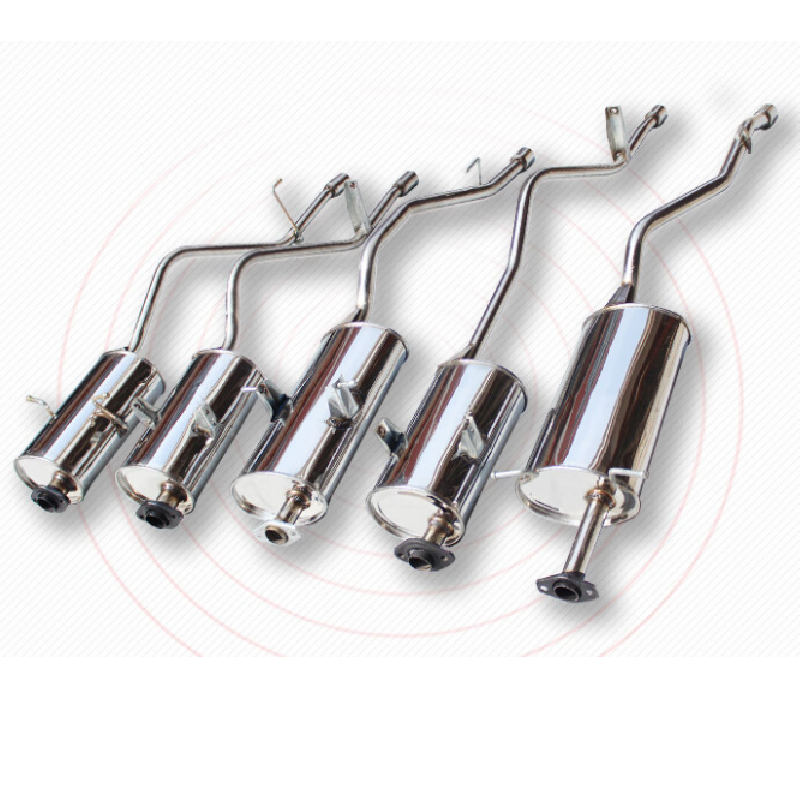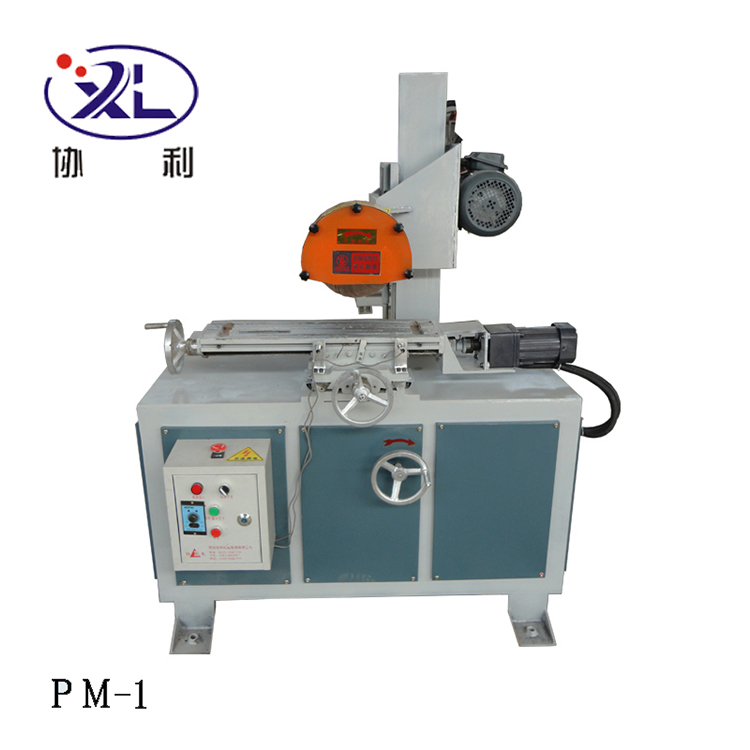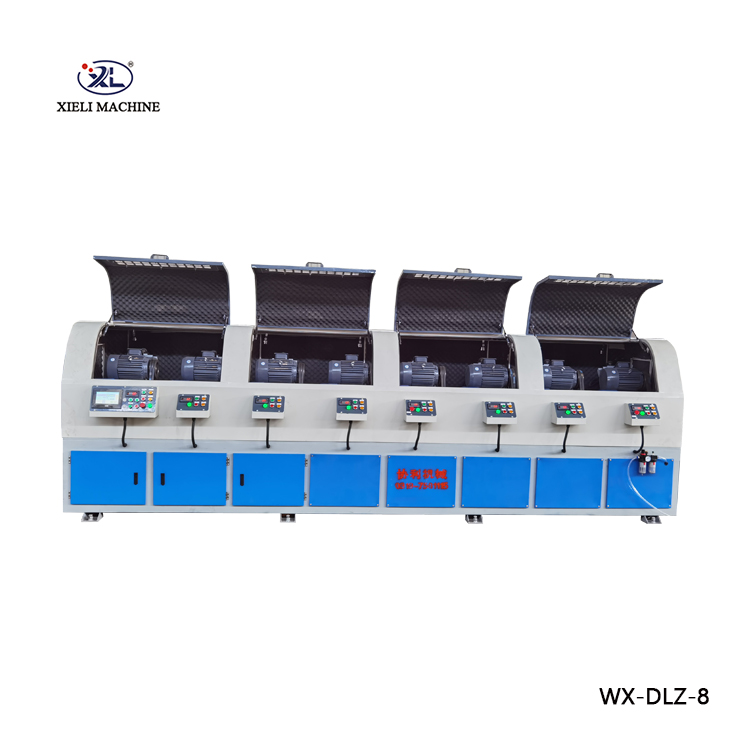Metal Sheet Grinding Machines An Overview
In the realm of metalworking, precision and efficiency are paramount. Metal sheet grinding machines play a crucial role in achieving the high-quality finishes required in various industries, including automotive, aerospace, and manufacturing. These machines are designed to smooth the surfaces of metal sheets, removing imperfections and preparing them for further processing such as painting or coating.
Understanding Metal Sheet Grinding Machines
Metal sheet grinding machines utilize an abrasive process to refine metal surfaces. The grinding operation is typically carried out using a rotating wheel made of hard materials, which is capable of cutting into the metal sheet. This process not only enhances the aesthetic appeal of the metal but also improves its functionality by reducing friction and wear during use.
There are several types of grinding machines used for metal sheets, including belt grinders, surface grinders, and rotary grinders. Each type serves a specific purpose and is selected based on the requirements of the project. Belt grinders, for instance, are ideal for larger sheets because they can cover extensive areas efficiently. Surface grinders, on the other hand, are used for more intricate work, allowing for precision surface finishing.
Key Features and Benefits
One of the standout features of metal sheet grinding machines is their versatility. They can be equipped with various types of grinding wheels and belts, allowing operators to choose the right tool for the material being processed. Moreover, modern machines often come with advanced control systems that enable precise adjustments to speed, pressure, and angle, significantly improving the quality and consistency of the grind.
Another benefit is the time efficiency these machines offer. Automated grinding solutions can handle large volumes of metal sheets with minimal supervision, leading to increased productivity in manufacturing environments. This reduction in manual labor not only cuts costs but also allows skilled workers to focus on more complex tasks that require human intervention.
metal sheet grinding machine

Safety and Maintenance Considerations
While metal sheet grinding machines enhance productivity, they also come with safety considerations. Operators must be trained to handle these machines properly, as the grinding process generates significant heat and debris, which can pose risks if not managed appropriately. Using personal protective equipment (PPE), such as goggles, gloves, and ear protection, is essential to safeguarding against potential injuries.
Regular maintenance is also crucial to ensure the longevity and efficient performance of grinding machines. Operators should routinely inspect grinding wheels for wear and tear, maintain proper lubrication, and check alignment to prevent any performance issues that could lead to costly downtime.
Future Trends in Metal Sheet Grinding Technology
As technology in the metalworking industry evolves, so too do the capabilities of metal sheet grinding machines. Automation and robotics are increasingly being integrated into grinding processes to enhance precision and reduce human error. Furthermore, advancements in material science are leading to the development of more efficient grinding wheels that not only last longer but also provide better finishes.
In addition, there is a growing trend toward sustainability in manufacturing, prompting the development of grinding machines that minimize waste and energy consumption. Companies are investing in eco-friendly practices, not only to comply with regulations but also to meet the demands of environmentally conscious consumers.
Conclusion
Metal sheet grinding machines are indispensable in various industries, providing the means to achieve flawless finishes on metal surfaces. As technology continues to advance, these machines will become even more efficient and user-friendly, setting new standards in precision metalworking. By understanding their functionality, benefits, and maintenance requirements, businesses can leverage these machines to enhance their manufacturing capabilities and meet the evolving demands of the market.





